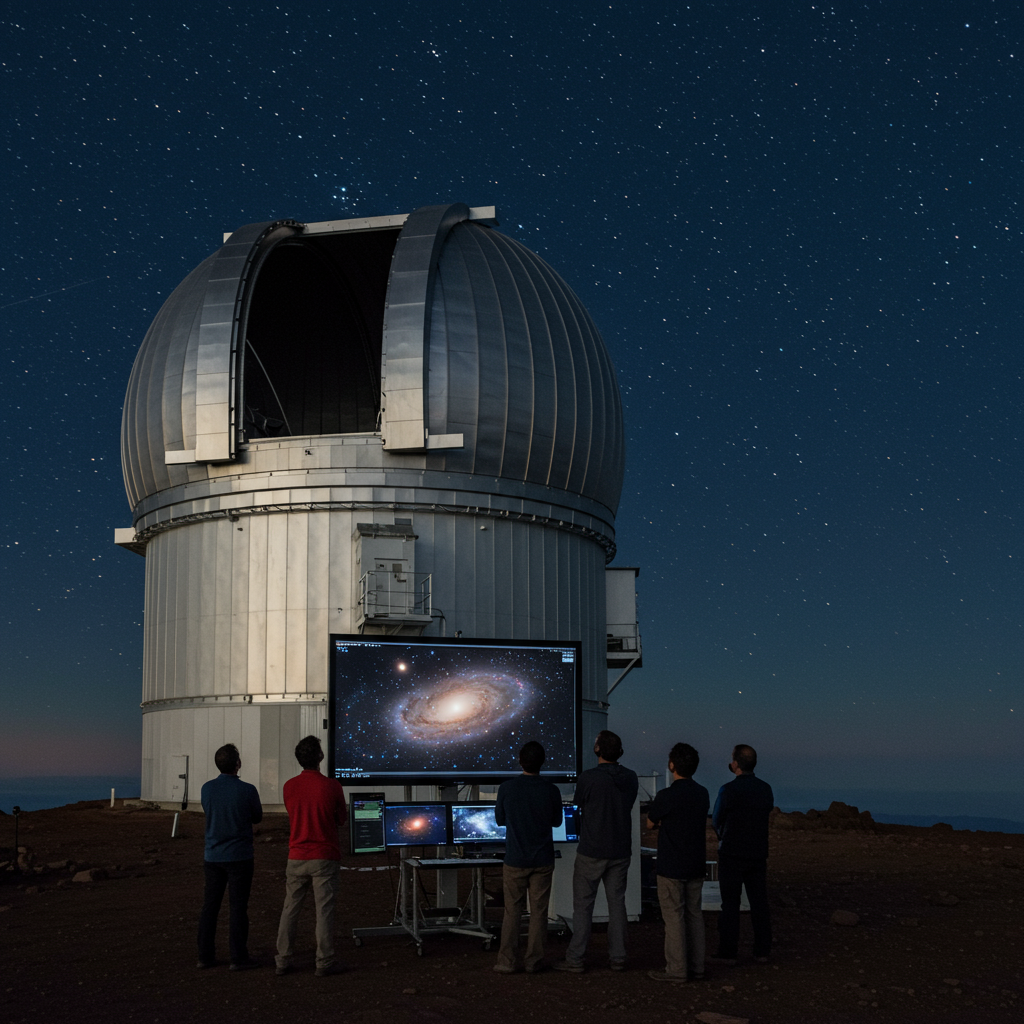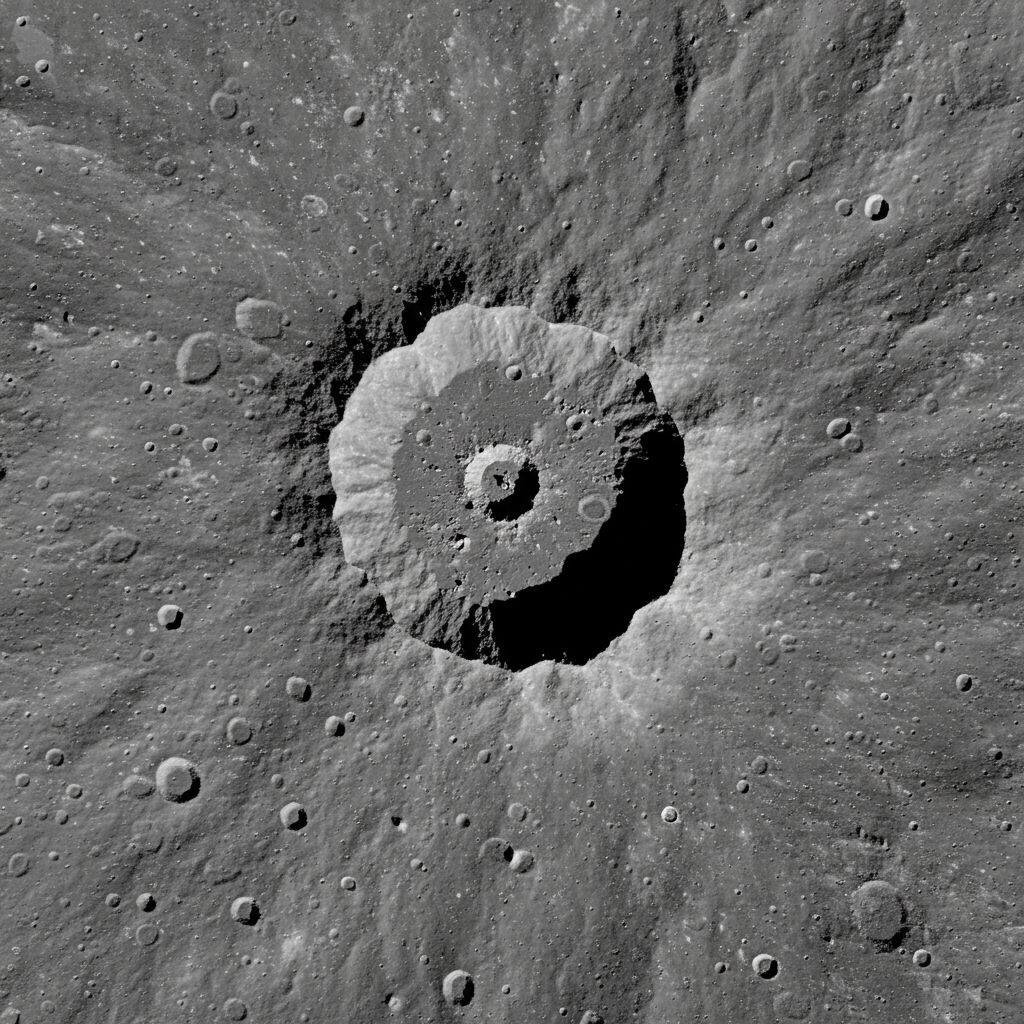A Cosmic Revelation: World’s Largest Telescope Delivers Breathtaking First Images
The universe just unveiled some of its most spectacular secrets, thanks to the world’s largest telescope. The highly anticipated first images from the new Vera C. Rubin Observatory in Chile have been released, offering astronomers and the public unprecedented views of distant galaxies, cosmic nebulae, and the vastness of space in exquisite detail.
Perched atop Cerro Pachon in central Chile – a location chosen specifically for its exceptionally dark skies and dry air, providing ideal stargazing conditions – the Vera Rubin Observatory has been over two decades in the making, representing an $800 million investment primarily funded by the U.S. (a joint initiative of the National Science Foundation and Department of Energy).
A Glimpse into the Deep Cosmos
The initial images released showcase the observatory’s incredible capabilities:
Nebulae in Detail: A stunning composite image, compiled from 678 exposures taken over just seven hours, captures the vibrant Trifid Nebula and the Lagoon Nebula. These stellar nurseries, located several thousand light-years away within our own Milky Way galaxy, glow in vivid pinks against orange-red backdrops. The image reveals previously faint or even invisible features within these gas and dust clouds with astounding clarity. The representational colors used map across a broad range of wavelengths, providing scientists with crucial data on characteristics like distance and size.
Galactic Clusters: Another image provides a sweeping, detailed view of the Virgo Cluster, home to numerous spiral galaxies pictured among a larger collection of galaxies.
The “Cosmic Treasure Chest”: The team also released a captivating video dubbed the “cosmic treasure chest.” It begins with a close-up of just two galaxies before dramatically zooming out to reveal approximately 10 million more, transforming what appeared to be empty space into a glittering tapestry of stars and galaxies. An interactive version is available online for the public to explore.
These first glimpses highlight the telescope’s power, confirming its ability to capture a vast amount of light, essential for observing very distant objects. As optics expert Guillem Megias notes, in astronomy, seeing “really far away” means observing light that has traveled for billions of years, effectively allowing us to see objects as they appeared in earlier times.
Beyond the Visuals: Unraveling the Universe’s Mysteries
The Vera Rubin Observatory is far more than just a producer of beautiful images. It’s designed to tackle some of the most profound questions in cosmology and planetary science. Later this year, the observatory will begin its flagship project: the Legacy Survey of Space and Time (LSST). Over the next decade, the LSST will conduct nightly scans of the entire* night sky, capturing even the subtlest visible changes with unmatched precision.
A central focus of the observatory, which is named in honor of pioneering American astronomer Vera C. Rubin (whose research provided the first conclusive evidence for the existence of dark matter), is the study of dark matter and dark energy. These mysterious substances and forces are thought to make up a staggering 95 percent of the cosmos, yet their true nature remains largely unknown. By observing up to 20 billion galaxies, scientists using Rubin will study how light from these distant objects is bent by the gravitational influence of dark matter, aiming to shed light on both dark matter and dark energy and contributing to understanding the universe’s expansion history.
Furthermore, the Rubin Observatory is proving to be an exceptionally powerful tool for planetary defense. In just 10 hours of observation time, it has already discovered an astonishing 2,104 previously undetected asteroids within our solar system, including seven near-Earth objects (none currently posing a threat). This discovery rate is remarkable, considering all other ground- and space-based observatories combined typically discover around 20,000 new asteroids per year. The observatory is also expected to be the most effective facility globally for identifying interstellar objects passing through the solar system.
An Investment in Future Knowledge
Officials hailed the observatory as a crucial step forward for science. Michael Kratsios, director of the White House Office of Science and Technology Policy, described it as “an investment in our future, which will lay down a cornerstone of knowledge.” Commissioning scientist Elana Urbach echoed this sentiment, stating that a main goal is to “understand the history of the universe,” requiring the ability to see distant, early events like galaxy formation or supernova explosions, which necessitates the “very sharp images” Rubin provides.
Equipped with an advanced 8.4-meter telescope and the largest digital camera ever built – a car-sized, 3,200-megapixel instrument – supported by a powerful data-processing system capable of handling approximately 20 terabytes of data every night, the Vera Rubin Observatory is set to redefine our understanding of the cosmos for years to come. Its operations also highlight Chile’s prominent and growing role in astronomy, a nation already home to major facilities and discoveries in the field.




